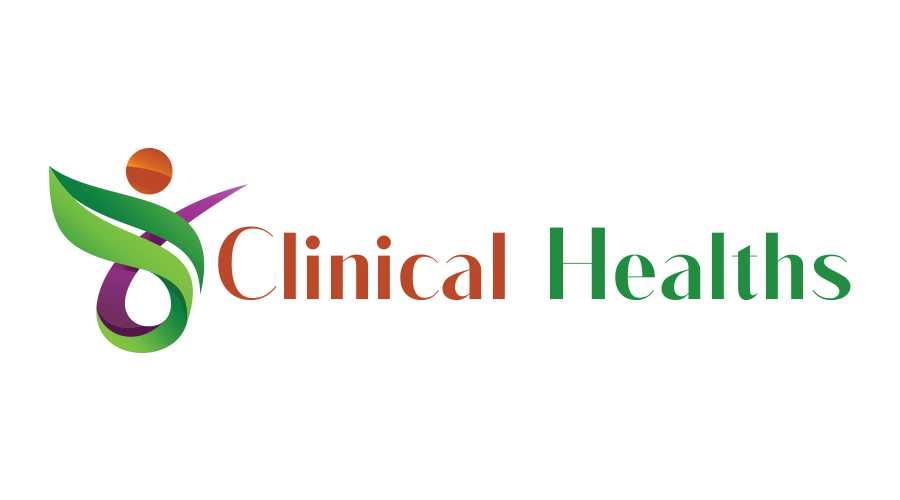Adults and kids both find the prospect of braces an excitement for a perfect smile in the near future and anxiety about the treatment itself.
The overall goal of the orthodontic treatment is to correct the disarrangement of the teeth and bite issues. The difference between adult and kid’s braces is generally on the technical side.
Jawbone
In children – Facial growth and development are still in process. Their jawbones are softer and supple, which allows the tooth to be moved rapidly with ease than adults. So, the orthodontic treatment timeline is potentially shorter and less complicated.
In adults – The jawbones are fully developed. They are denser and more resistant to movement. It means a longer treatment timeline and advanced techniques to get the desired results.
Hillsdale Orthodontics in Portland offers braces for adults and kids. They ensure that their patients regain their confidence from their orthodontic journey through careful coordination and collaboration.
Type of orthodontic issue
Children – The kid’s braces usually address less severe issues like minor bite problems or crooked teeth.
Adults – The issues can be complicated and challenging. The treatment is complicated because of wear & tear, underlying jaw issues or past dental work. Adults can even have gum disease or bone loss, which needs a careful orthodontic treatment plan.
Choice of braces
In children – Kids are comfortable with the highly effective metal ages because they are less self-conscious.
Early intervention can effectively guide the permanent teeth eruption into their proper positions. It also removes the need for extraction later in life in case of overcrowding.
In adults – Adults prioritize aesthetics and choose clear ceramic braces or Invisalign as a more subtle approach. On the other hand, self-litigating ones offer faster adjustment and potentially are less uncomfortable.
Timelines
Children – Typically, kids have to wear for an average of 18 to 24 months because their jaw bone is malleable and soft, allowing the teeth to reposition slowly yet quickly.
Adults – Adults may require more than 2 years, depending on the complexity of your case. Adult jawbones have increased density and there is the likelihood of other dental problems that contribute to an extended treatment timeline.

Beyond technicalities – practical considerations
Monitoring
Children – Kids need frequent monitoring and adjustments because of their consistently growing jaws and developing teeth.
Parents will need to make sure that their children maintain proper oral hygiene around the braces and adhere to scheduled visits.
Adults – As grown-up and independent, it is the responsibility of an adult to maintain braces and follow post-treatment care instructions.
Psychological impact
Children – Some kids adapt quickly and embrace the idea of having metal brackets. A few experience self-consciousness or anxiety. Parents must offer support and help the kids navigate these emotions with ease.
Adults – The grownups have a clear understanding of the treatment process and long-term benefits of straightened teeth. It can keep adults motivated and committed to successful orthodontic treatment.
Cost of braces
Children – The insurance plan often covers a portion of the cost for kids undergoing orthodontic treatment deemed medically necessary.
Adults – The insurance coverage may be non-existent or limited. Making financial investments is hard for adults.
Pursuing orthodontic treatment at any age needs professional guidance from the local orthodontist. They assess your needs, discuss available options and create a tailored plan.
Understanding the difference between adult and children’s braces will help to make informed choices for a lifetime healthy smile.


